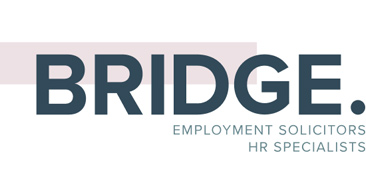13 Jun Removing a Director, a quick guide
Removing a Director is complex, here’s a quick overview of the issues to consider.
1. Check all terms
a) When considering how these separate roles are regulated and what rights and obligations apply, you should check the agreements which govern each role, these are listed below: –
- Company Articles of Association;
- Director’s Service Agreement;
- Shareholders Agreement;
- Any bonus or equity terms in place;
- Non-executive Directors may be engaged as consultants so any consultancy terms need to be considered.
b) Consideration must also be given to the relevant legislation and depending on the reasons for removing must be justified in law. These will often include the Companies Act 2006 and the Employment Rights Act 1996.
c) If the Director is subject to a consultancy or service agreement, check whether there is a resignation of directorship clause, they offer useful provisions such as an obligation to resign as a Director upon termination of employment or legal power of attorney allowing documents to be signed to process the exit.
d) There must also be wider considerations on how any removal will affect the employment claims. A justification for removal of a Directorship does not necessarily justify dismissal, they are often interlinked.
2. Check the Articles
a) Most Articles of Association will contain a list of circumstances when a Director is deemed to have resigned including:
- bankruptcy;
- mental illness;
- prolonged absence; and
- statutory disqualification.
b) Articles often contain a provision allowing the Board to unilaterally remove a Director too.
c) Ensuring the Articles are reviewed by a lawyer will avoid pitfalls and potentially open solutions.
3. The shareholders agreement
a) If the Director is a party to a shareholders’ agreement, it will be vital to check if any relevant provisions apply, for example: –
- Are there contractual provisions allowing the Director to re-appoint themselves as a Director?
- Are there rights to veto the proposed termination?
4. Protecting the business of the Company?
a) Before taking any action, you’ll also need a legal /commercial risk assessment covering: –
- Commercial data and information that requires protection
- Can you protect the information on exit of the Director?
- What systems and data do they have access to?
- Can you secure systems?
- Competitive threats
- Is the Director a competitive threat?
- Can you restrict their activities after they leave?
- Wider commercial concerns
- What liabilities are there on exit: –
- Insurance cover for claims?
- Banking and security arrangements?
- Permissions and access?
- Regulatory and compliance requirements – will an exit breach them, what are the reporting requirements?
- Service level agreements and reporting – will an exit compromise you?
- Reputation and industry – what are the optics on the exit?
- Will the exit trigger equity options or bonuses?
- Who is being advised by who? Ensuring the correct parties are obtaining legal advice in the correct way
- What liabilities are there on exit: –
Contact our Employment Lawyers
There’s a lot of law sitting behind any Director exit, this quick guide only touches some if the issues in play. If you need to talk about such an issue you can benefit from confidential and specialist legal advice in this area from BRIDGE. Contact us for an initial consultation: rogers@bridgeehr.co.uk.


